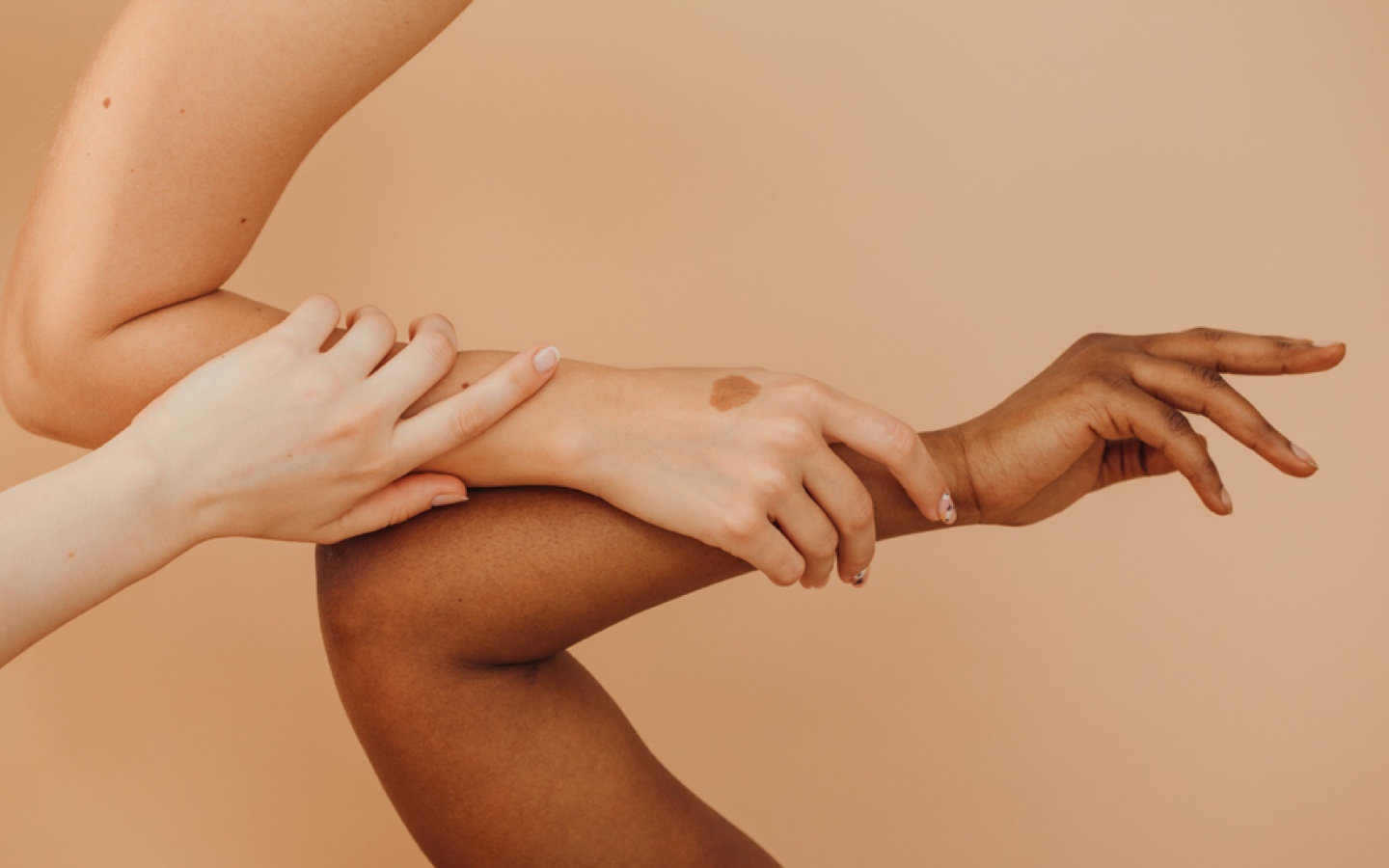It’s impossible to truly talk about sustainability without addressing racism. Here’s why we need a more inclusive environmental movement.
Kimberlé Crenshaw has given the world a theory that I believe will change history forever: the theory of intersectionality. Crenshaw, an African American law professor, civil rights advocate, and leading voice of critical race theory, found a way to describe how the various layers of our identities can overlap in both good and not so great ways.
We are complex beings and so are the factors that influence how we navigate throughout this world and the challenges we may face along the way. Intersectional theory helps unpack and understand how these layers of our identities, like race, sexuality, gender, religion and more, can intersect and largely influence how we experience both prejudices and privileges.
“Many years ago, I began to use the term intersectionality to deal with the fact that many of our social justice problems like racism and sexism are often overlapping, creating multiple levels of social injustice,” says Crenshaw.
A perfect example of this is the wage disparity between women and men. In the U.S., women make 18 percent less than white men on average; however, these percentages are even worse for women of color. Black women earn 38 percent less, U.S. Indigenous women 43 percent less, and Latinx women 45 percent less.
If we only considered gender discrimination, we’d miss out on the added barrier of
I first learned of intersectional theory through intersectional feminism, a type of feminism that doesn’t dismiss overlapping oppressions, but instead magnifies the experiences of those most vulnerable. In non-intersectional feminist spaces, I didn’t always feel fully seen or advocated for as a Black woman. I didn’t want to participate in a movement or philosophy that only advocated for the advancement of non-minority women and where progress for BIPOC women was secondary. So I gravitated to Intersectional Feminism.

Around the same time I was studying environmental science and policy and comparative world religions and dealing with the aftermath of the Ferguson uprisings that impacted my hometown. The more I learned about different cultures and religions — while diving deep into my own Black identity and womanhood — I realized the social justice and environmental movements I advocated for didn’t need to be siloed into their own categories. They overlapped and intersected, which made me realize the theory of intersectionality could be applied to environmentalism in similar ways. I define Intersectional Environmentalism as such: An inclusive version of environmentalism that advocates for both the protection of people and the planet. It identifies the ways in which injustices happening to marginalized communities and the earth are interconnected. It raises awareness for injustices committed toward our most vulnerable communities as well as the earth, and does not minimize or silence social inequality.
The more I learned about environmental racism and injustice, and the disproportionate exposure of BIPOC communities to poor air quality, water quality, and lack of green spaces, the more I knew Intersectional Environmentalism needed to lead, and I knew it needed to happen now. The climate crisis is urgent, and low-income and BIPOC communities are likely to be exposed to its impacts the fastest and harshest. I encourage environmentalists to no longer take a “color-blind” approach to environmentalism and instead realize the ways privilege and prejudice have factored into environmental policies and decisions. People’s lives are at stake.
Without the theory of intersectionality, I wouldn’t have been able to discover Intersectional Environmentalism and I wouldn’t have had a word that encompasses overlapping identities and experiences so well; so it’s important to go back and understand this theory and how others, like myself, are building off of it so it’s essence isn’t co-opted or lost along the way. Language is such a powerful tool to tell our stories, experiences, and traumas, and as it continues to evolve, I can’t wait to see how intersectionality manifests into other issues as well.
Learn more about Intersectional Environmentalism and what you can do to help here.

Shop Pillows
The Essential Organic Pillow Collection
Gentle, breathable, non-toxic support.






